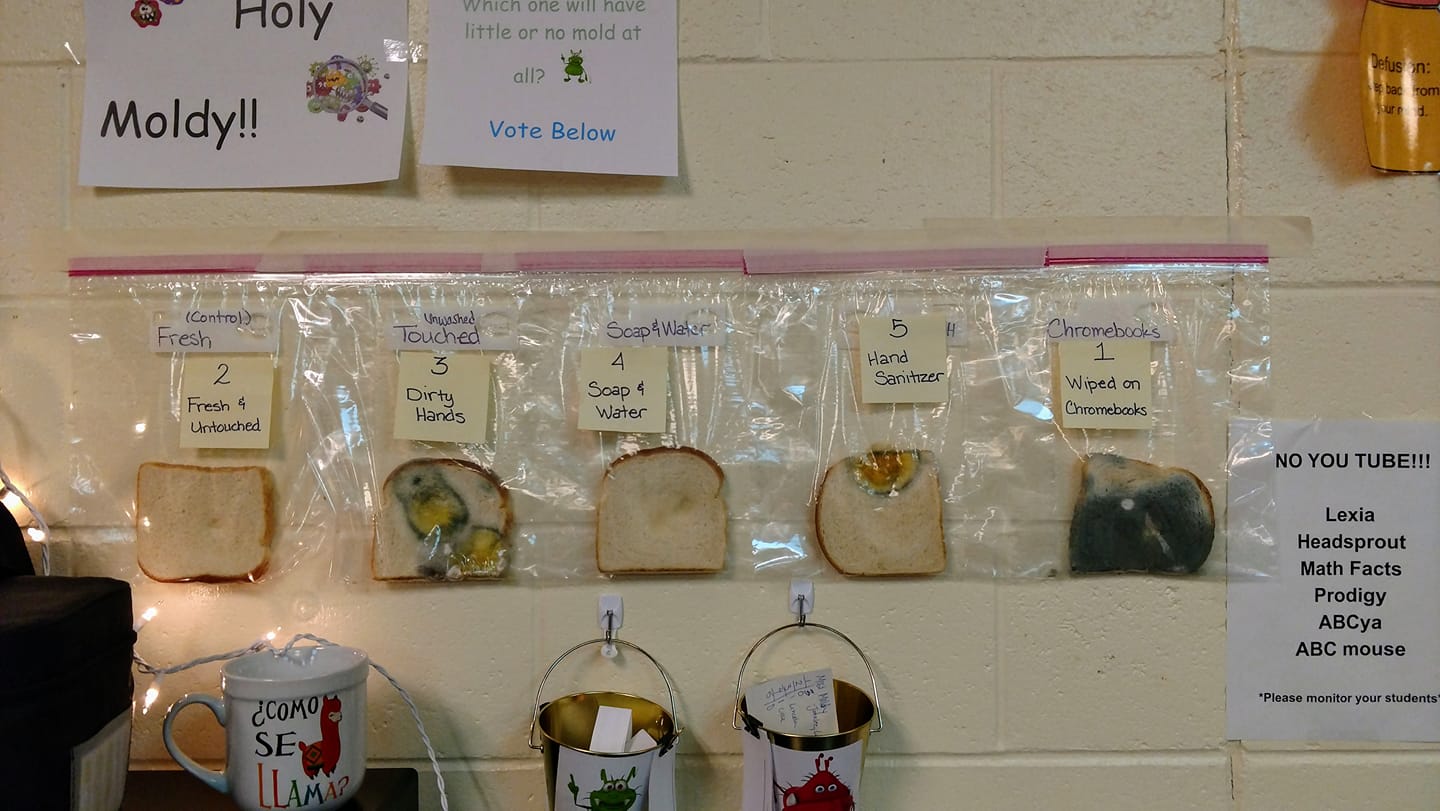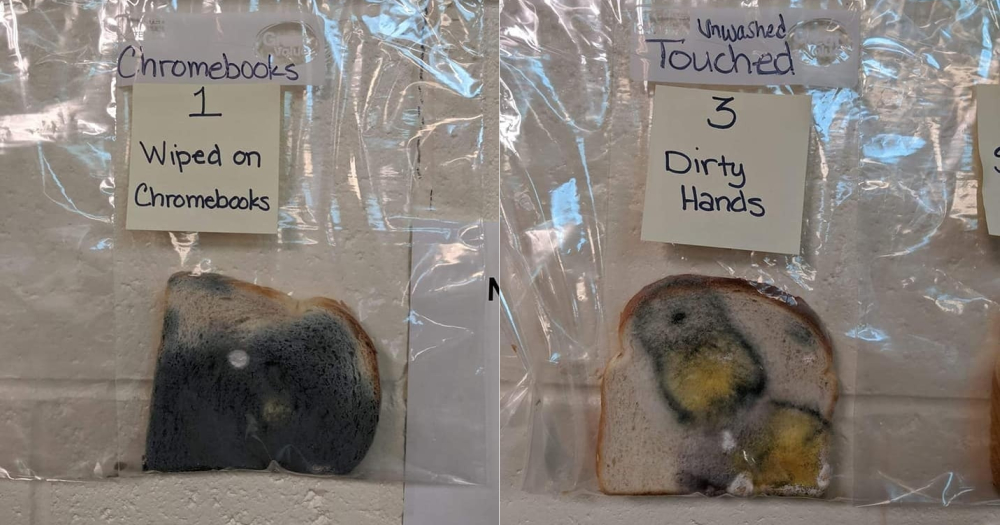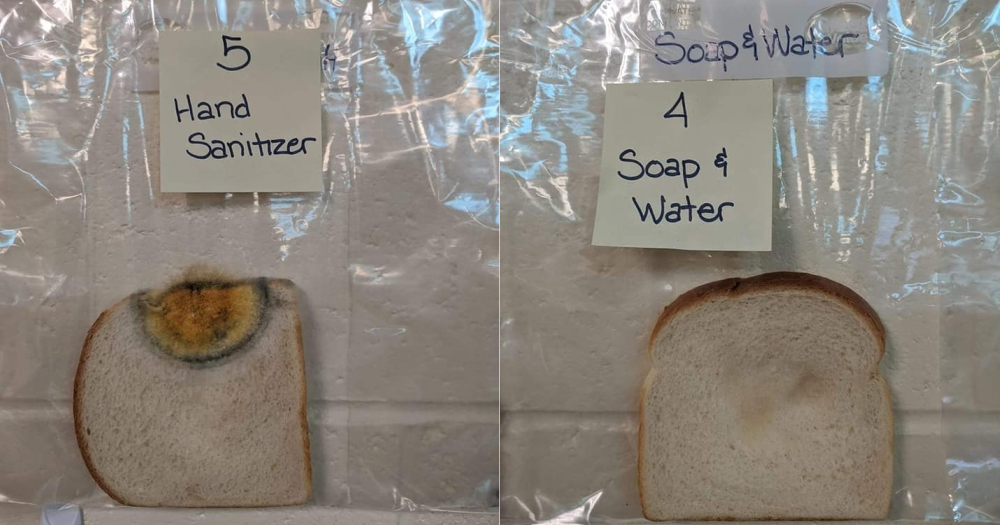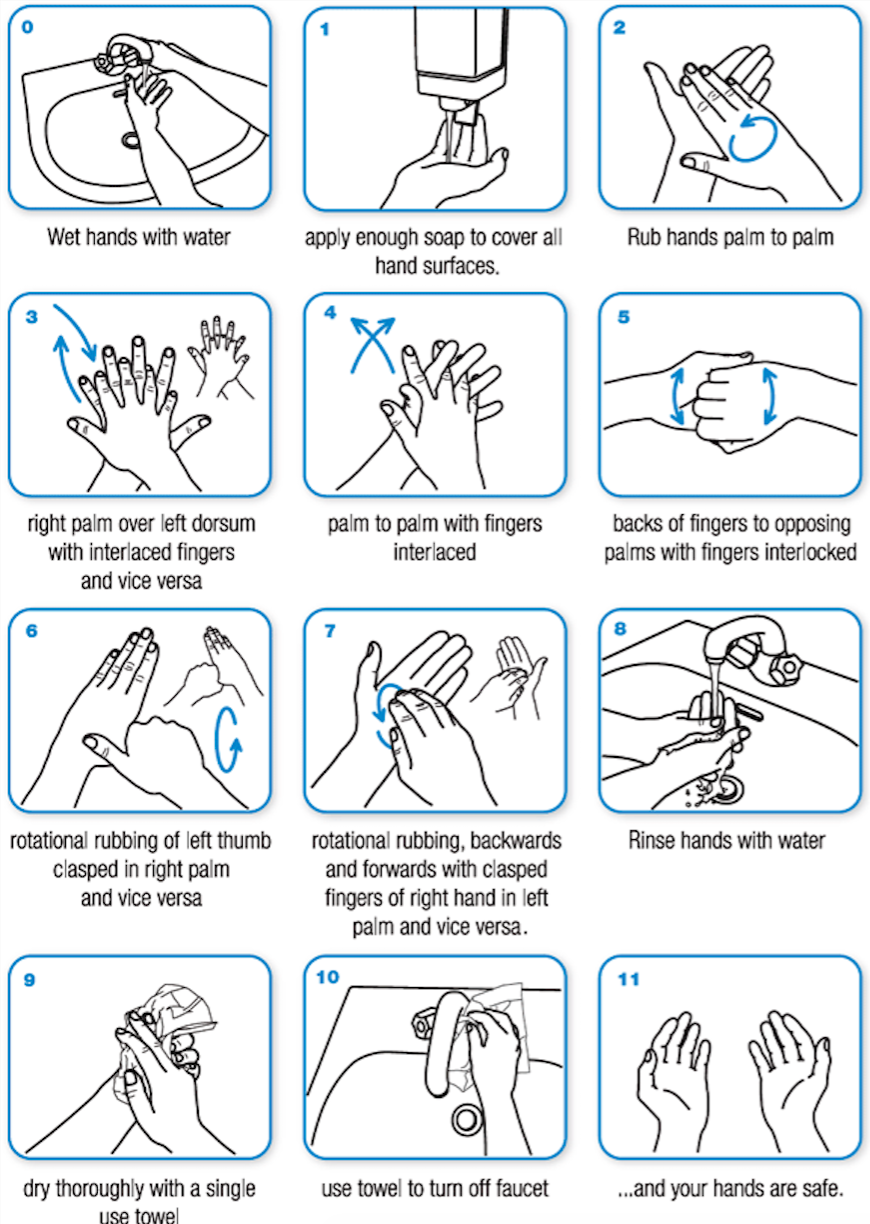Follow us on Telegram for the latest updates on the Wuhan virus: https://t.me/mothershipsg
Singaporeans' personal awareness of keeping good personal hygiene has definitely heightened over the past few days.
This is after the novel coronavirus from Wuhan has hit Singapore with ten confirmed cases.
Eight out of ten Singaporeans have improved their personal hygiene since the virus outbreak, according to a recent survey.
The fear of contracting the infectious coronavirus has led to a frantic purchase of masks, hand sanitisers, and other disinfectant household products.
While hand sanitisers can be a handy alternative to clean our hands on the move, a simple class experiment in the United States (US) has shown that they still do not clear germs and bacteria as effective as washing hands with soap and water.
The experiment
According to the Facebook post, the experiment was conducted last November in view of the coming flu season in the U.S..
The teacher prepared five slices of bread which were subjected to different types of treatment before being placed into tightly sealed ziplock bags:
- Untouched (served as the control)
- Touched with unwashed hands
- Touched with hands after using hand sanitiser
- Touched with hands washed with warm water and plain soap
- Touched with the surface of a laptop
The intent of the experiment was to teach young elementary school kids about the importance of hand hygiene.
Jaralee Annice Metcalf, who was involved in conducting this experiment, emphasised that the experiment does not aim to endorse or make any brand look bad.
She also disclaimed that this is just a school experiment and they are not health authorities.
The results
After three to four weeks, this is the result:
 Photo via Jaralee Annice Metcalf/Facebook.
Photo via Jaralee Annice Metcalf/Facebook.
The results showed that the slice of bread that was wiped on the laptop turned really mouldy, followed by the one that was touched by unwashed dirty hands.
 Photos via Jaralee Annice Metcalf/Facebook.
Photos via Jaralee Annice Metcalf/Facebook.
The slice of bread touched after hand sanitiser had been applied on the hands also had some mould growing on it after the few weeks.
 Photos via Jaralee Annice Metcalf/Facebook.
Photos via Jaralee Annice Metcalf/Facebook.
The slice of bread that was touched by hands washed with soap and water appeared to be almost as clean as the untouched control.
Follow us on Telegram for the latest updates on the Wuhan virus: https://t.me/mothershipsg
Hand sanitisers cannot replace hand washing
While the use of hand sanitisers does help with some cleaning, the Centre for Disease Control and Prevention (CDC) in the U.S. explained why washing hands with soap and water is still important.
According to the CDC, washing hands with soap and water can remove "the amounts of all types of germs and chemicals on hands".
While alcohol-based hand sanitisers can inactivate many types of microbes very effectively when used correctly, people may not use a large enough volume of the sanitisers or may wipe it off before it has dried, CDC added.
Hand sanitisers are also less effective at cleaning soiled or greasy hands.
Many studies also show that an alcohol concentration between 60–95% are more effective at killing germs than lower concentrations.
The World Health Organisation (WHO) also advocates frequent hand washing to protect oneself from infection but also suggest to use "alcohol-based hand rub if you don’t have immediate access to soap and water".
There are also a few steps to wash your hands thoroughly with soap and it takes about as long as singing "Happy Birthday" song twice, according to the WHO:
 Image via WHO.
Image via WHO.
Top photo via Jaralee Annice Metcalf/Facebook
Content that keeps Mothership.sg going
??
Quick!!! Cheap food, flights and activities here!
??
$1.50 unagi sushi?!? Don't say we bojio.
??
Technology can be scary for older folks, but it doesn’t have to be.
If you like what you read, follow us on Facebook, Instagram, Twitter and Telegram to get the latest updates.